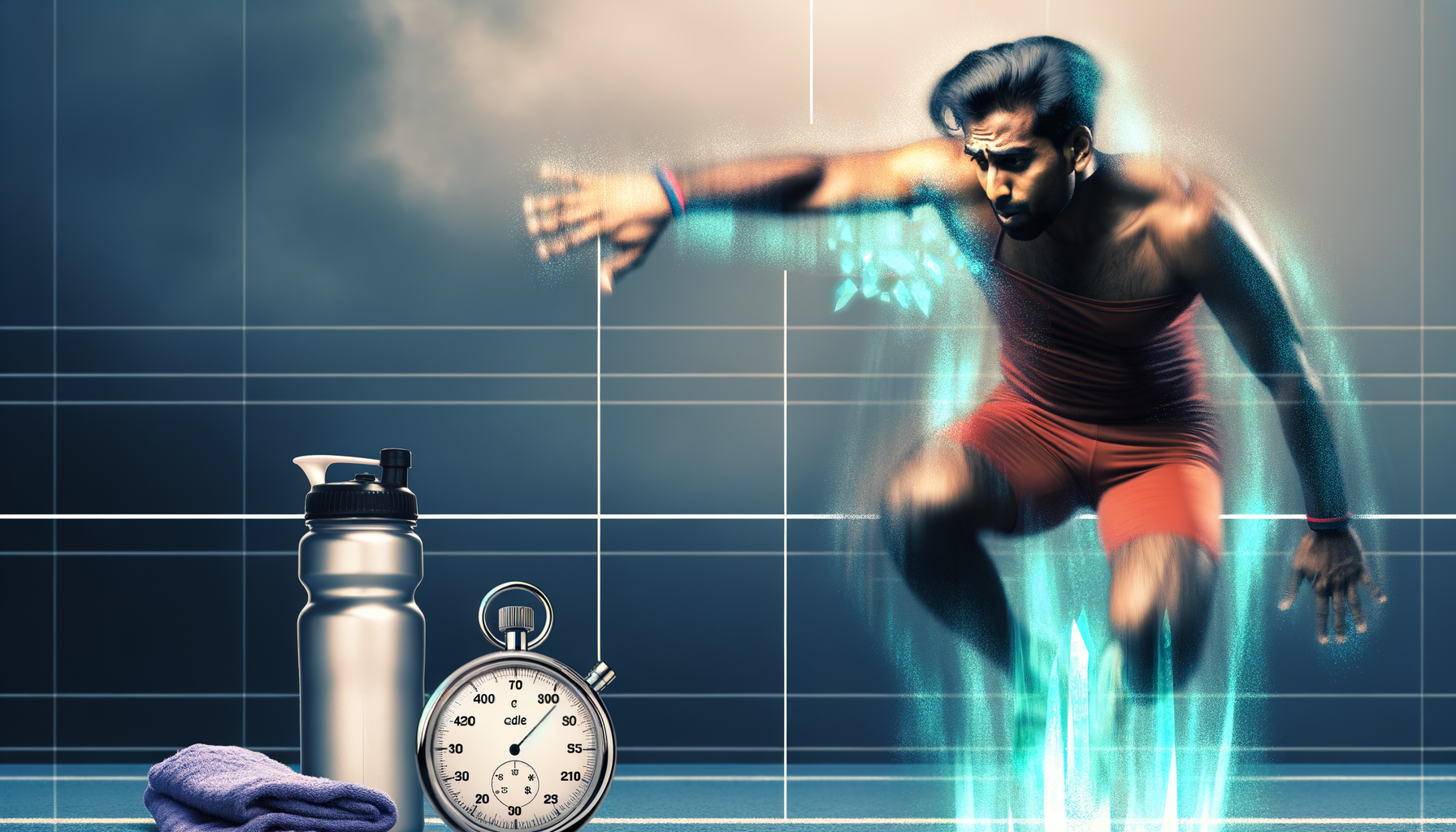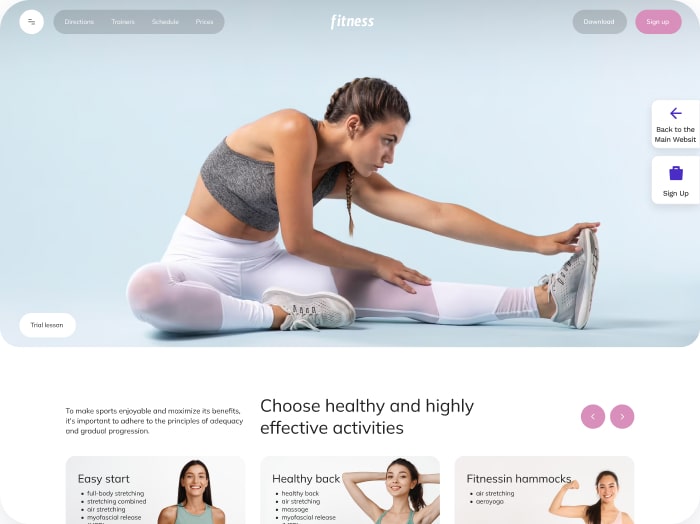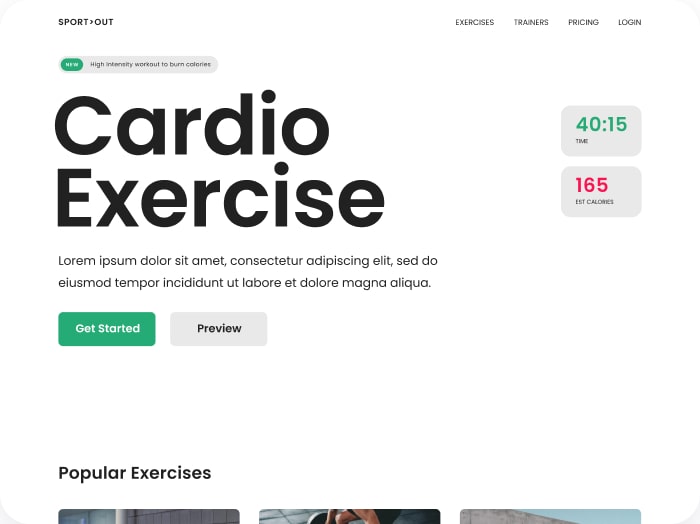Optimizing Athletic Performance with Calorie Calculators
Athletes understand that achieving peak performance is not just about rigorous training but also about maintaining a balanced and optimized diet. One crucial tool in this endeavor is the calorie calculator, which helps athletes determine their exact caloric needs to fuel their workouts, support recovery, and achieve their fitness goals. In this article, we will delve into the role of calorie calculators in sports performance, exploring how these tools work, their benefits, and real-world examples of their application.
Understanding Caloric Needs for Athletes
Calculating the caloric needs of athletes is a complex process that involves several factors, including age, sex, weight, height, and activity level. The total daily energy expenditure (TDEE) is a key metric that represents the total number of calories an athlete needs to maintain their current body weight and performance level.
There are several methods to calculate TDEE, each with its own set of equations and considerations:
- Harris-Benedict Equation: This method is useful when the athlete’s lean mass is unknown. It requires data on age, sex, weight, and height to calculate the resting metabolic rate (RMR), which is then multiplied by an activity factor to determine TDEE.
- Cunningham Equation: This equation is more accurate when the athlete’s lean mass or body fat percentage is known. It involves calculating RMR using age, sex, weight, height, and body fat percentage, and then adjusting for activity level.
- Basal Metabolic Rate (BMR) Calculations: BMR can be calculated using formulas such as the Mifflin-St Jeor equation, which takes into account weight, height, and age. The BMR is then multiplied by a physical activity level (PAL) factor to estimate TDEE.
How Calorie Calculators Work
Calorie calculators for athletes typically use one or more of the above methods to estimate TDEE. Here’s a step-by-step look at how these calculators work:
- Input Data: Athletes enter their personal details such as age, sex, weight, height, and activity level into the calculator.
- Calculate BMR or RMR: The calculator uses the entered data to compute the athlete’s BMR or RMR using the chosen equation.
- Adjust for Activity Level: The BMR or RMR is then multiplied by an activity factor to account for the athlete’s physical activity level, resulting in the TDEE.
- Customized Recommendations: Based on the calculated TDEE, the calculator provides personalized calorie targets and sometimes even meal plans tailored to the athlete’s specific needs and goals.
Benefits of Using Calorie Calculators for Athletes
The use of calorie calculators offers several benefits to athletes:
- Personalized Nutrition Plans: By providing a precise estimate of caloric needs, these calculators help athletes create customized meal plans that support their performance goals, whether it’s to maintain weight, lose fat, or gain lean muscle mass.
- Optimized Performance: Adequate caloric intake is crucial for maintaining energy levels and supporting muscle function during intense training and competition. Calorie calculators ensure that athletes are fueling their bodies optimally to enhance performance and reduce the risk of injury or burnout.
- Efficient Weight Management: For athletes aiming to lose or gain weight, calorie calculators help in setting realistic targets and monitoring progress. This is particularly important as significant weight changes can impact performance and overall health.
- Reduced Guesswork: Without a calorie calculator, athletes might rely on guesswork or generic dietary advice, which can be less effective. These tools eliminate the uncertainty, providing a clear and data-driven approach to nutrition planning.
Real-World Examples and Case Studies
Let’s consider a few examples to illustrate how calorie calculators can be applied in real-world scenarios:
Example 1: Professional Soccer Player
A 25-year-old male soccer player who is 5’10” and weighs 170 pounds needs to calculate his daily caloric intake. Using the Cunningham Equation, which requires lean mass or body fat percentage, let’s assume his body fat percentage is 10%. The calculator would first compute his RMR and then adjust for his high activity level, resulting in a TDEE of approximately 3,500 calories per day. This information would help him plan his meals to ensure he is consuming enough calories to support his training and competition schedule.
Example 2: College Wrestler
A 20-year-old male wrestler who is 5’10” and weighs 170 pounds is preparing for a competition. He needs to ensure he is consuming the right number of calories to maintain his weight while also supporting his intense training regimen. Using the BMR calculator, his baseline caloric needs would be calculated, and then adjusted for his activity level, resulting in a daily caloric intake of around 3,190 calories. This helps him design a meal plan that meets his energy needs without compromising his performance or health.
Conclusion and Next Steps
Calorie calculators are invaluable tools for athletes seeking to optimize their performance through precise nutrition planning. By understanding and using these calculators effectively, athletes can ensure they are fueling their bodies adequately to meet their energy needs, support their training, and achieve their fitness goals.
If you are an athlete looking to enhance your performance, consider using a reliable calorie calculator like the one offered by Calorie Calculator Cloud. This tool can help you determine your exact caloric needs and provide personalized meal plans to support your athletic journey. For more detailed plans and pricing, visit Calorie Calculator Plans.
Remember, proper nutrition is a cornerstone of athletic performance. By leveraging the power of calorie calculators, you can take a significant step towards achieving your full potential as an athlete.








